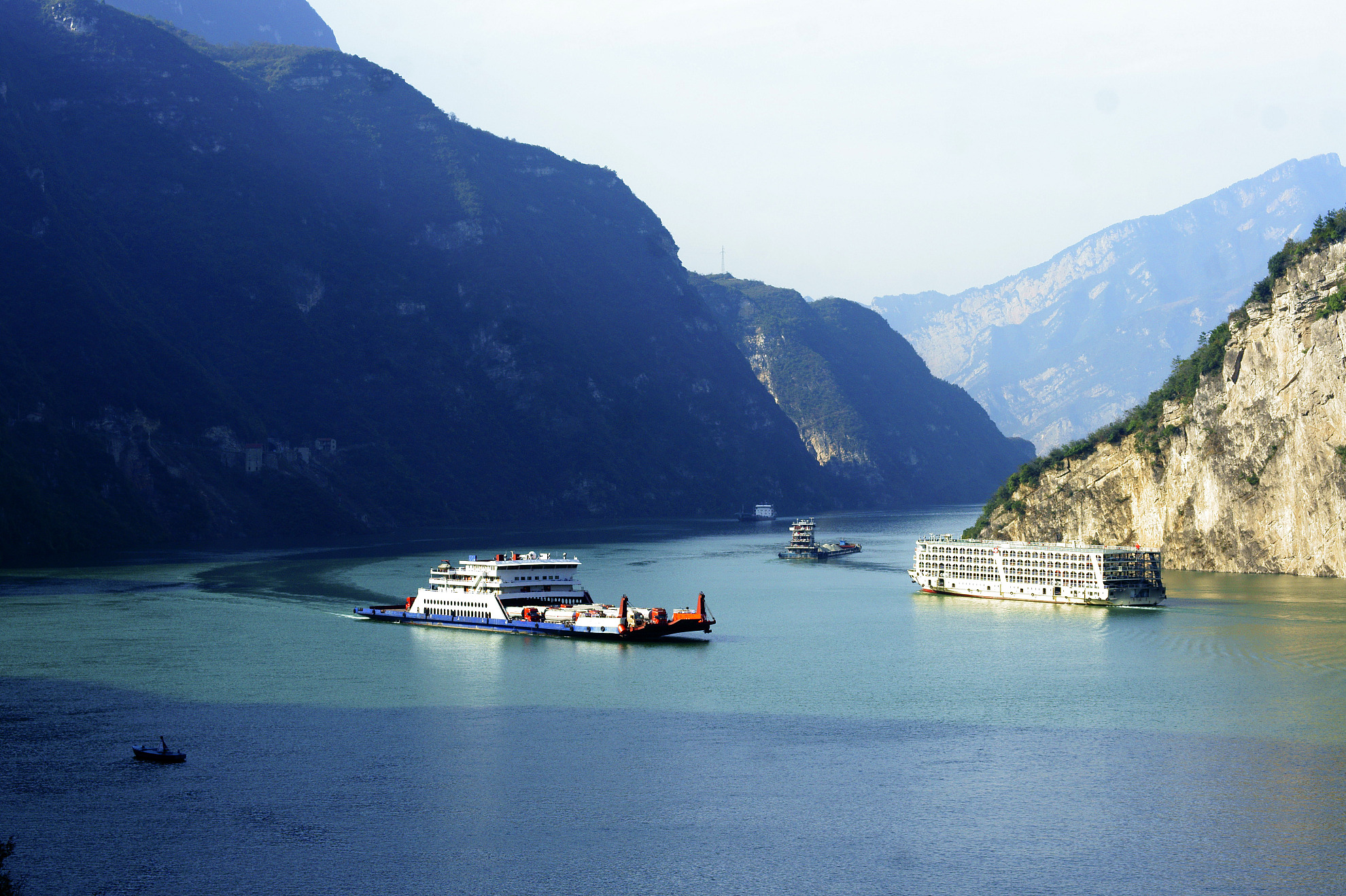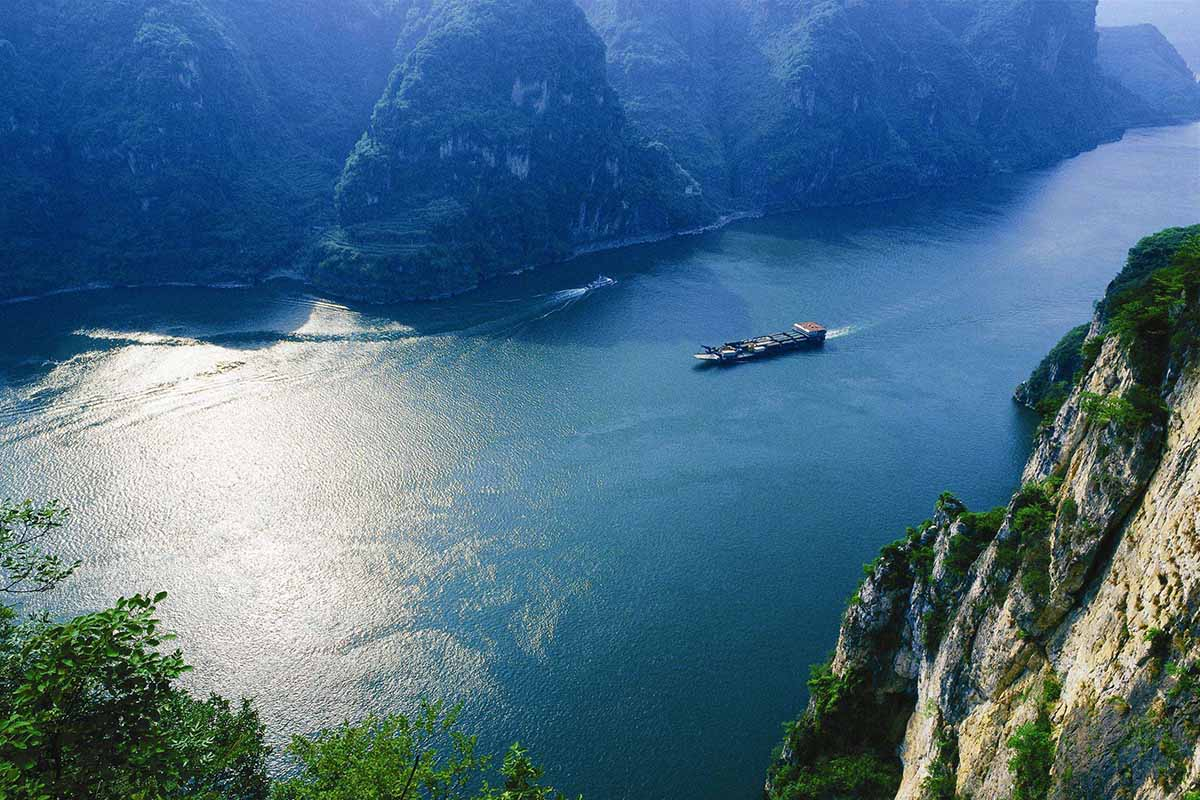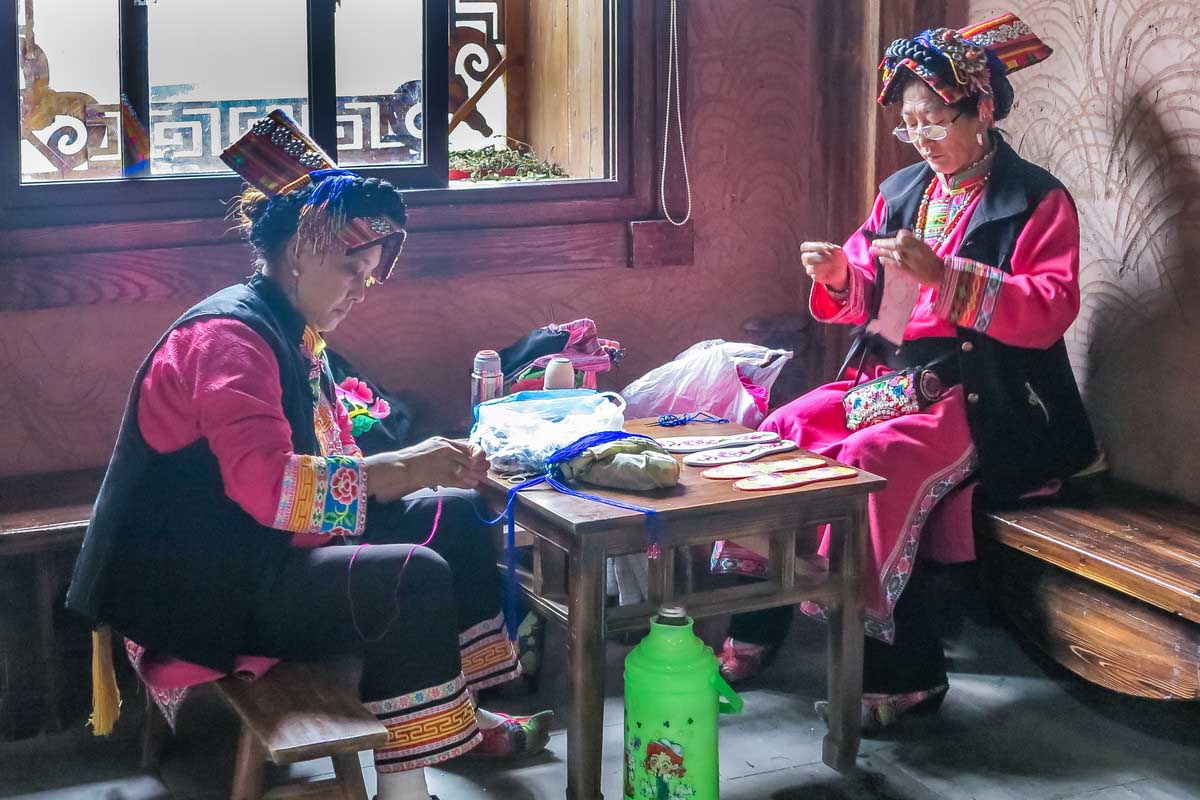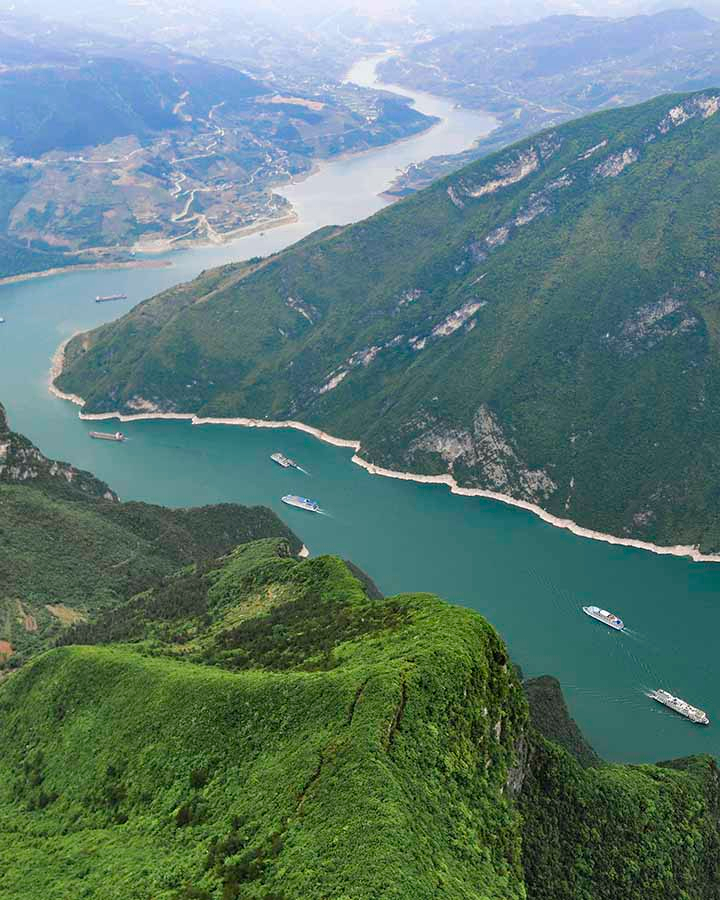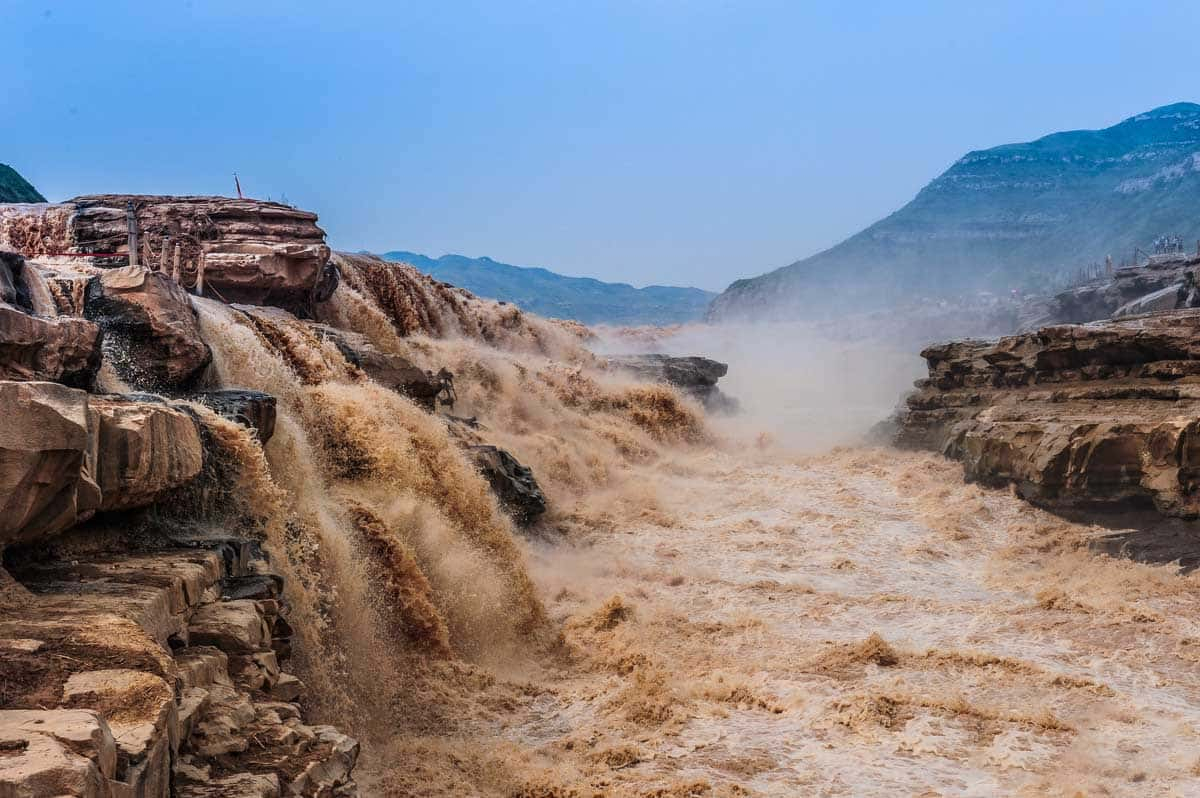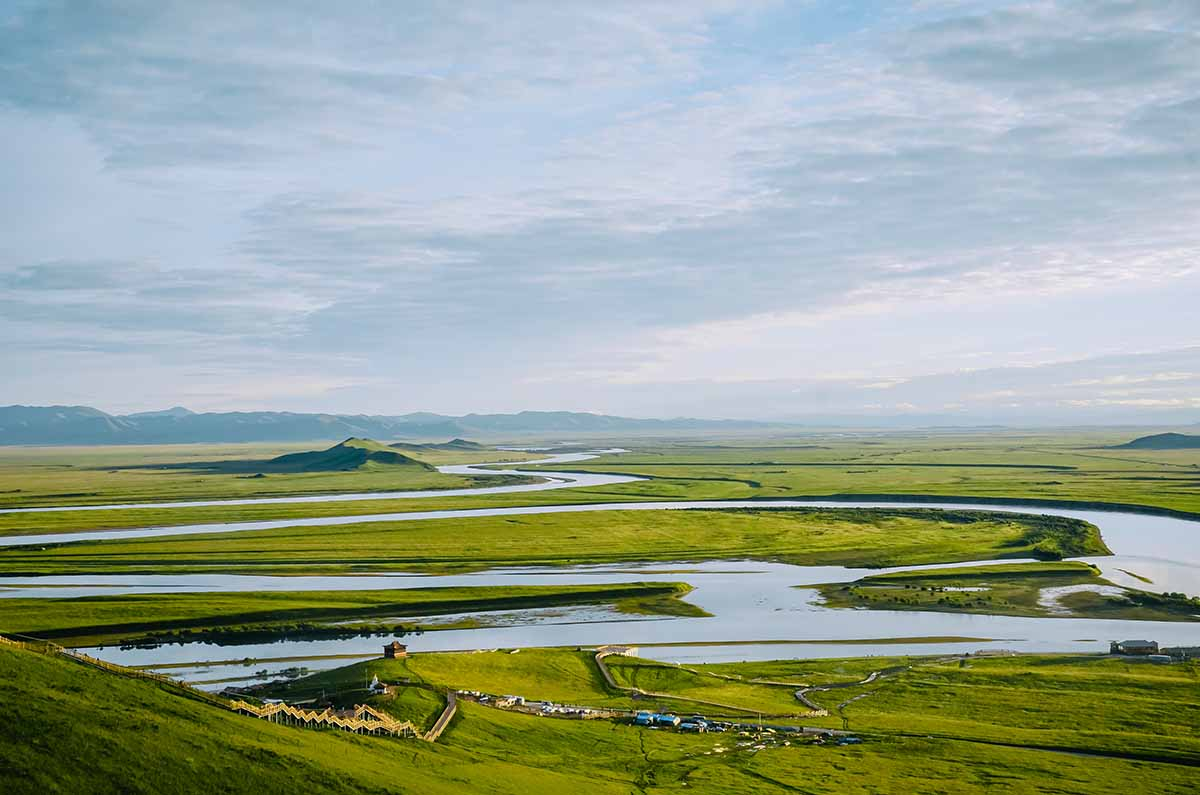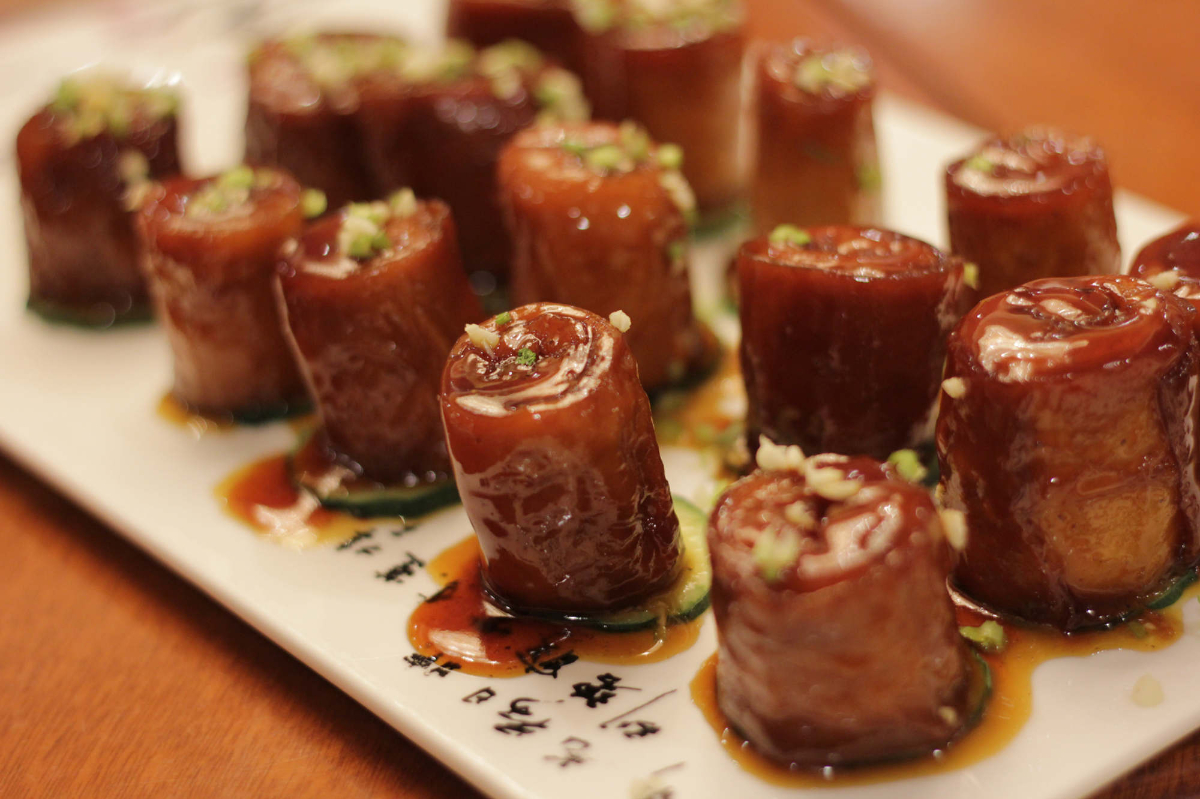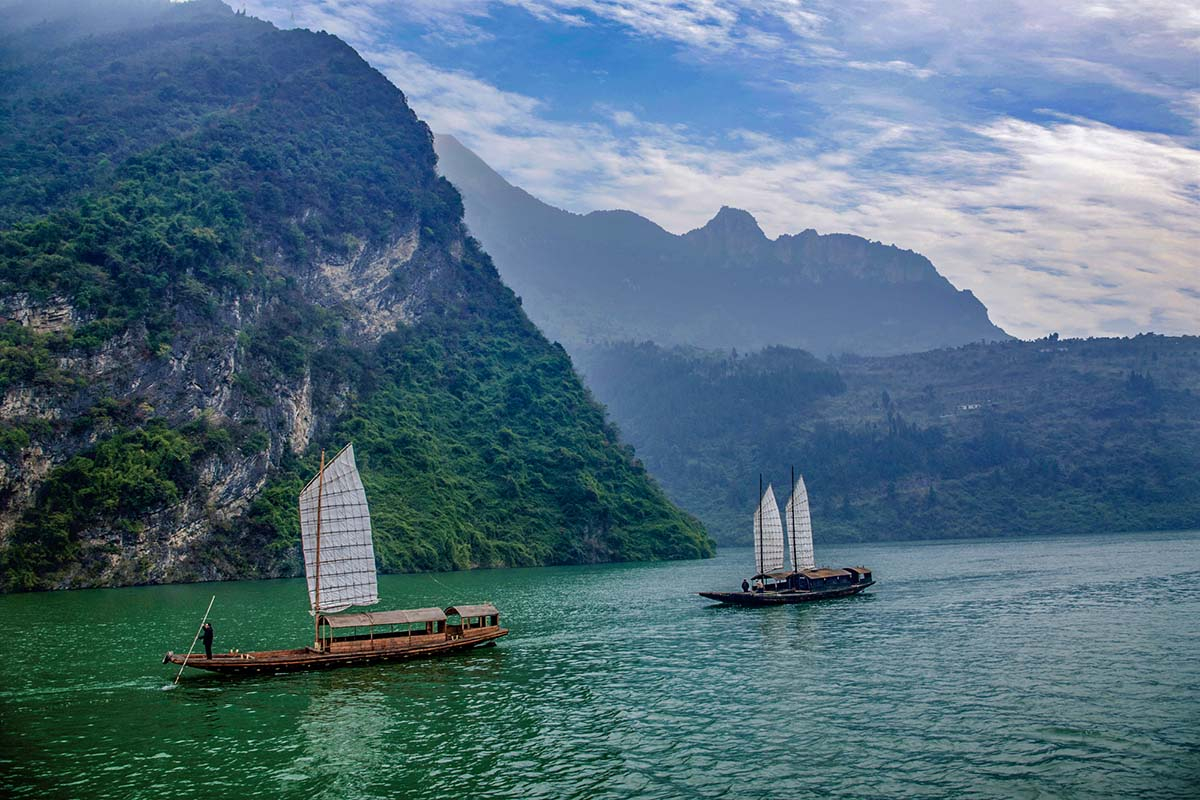The Three Gorges in Yangtze River
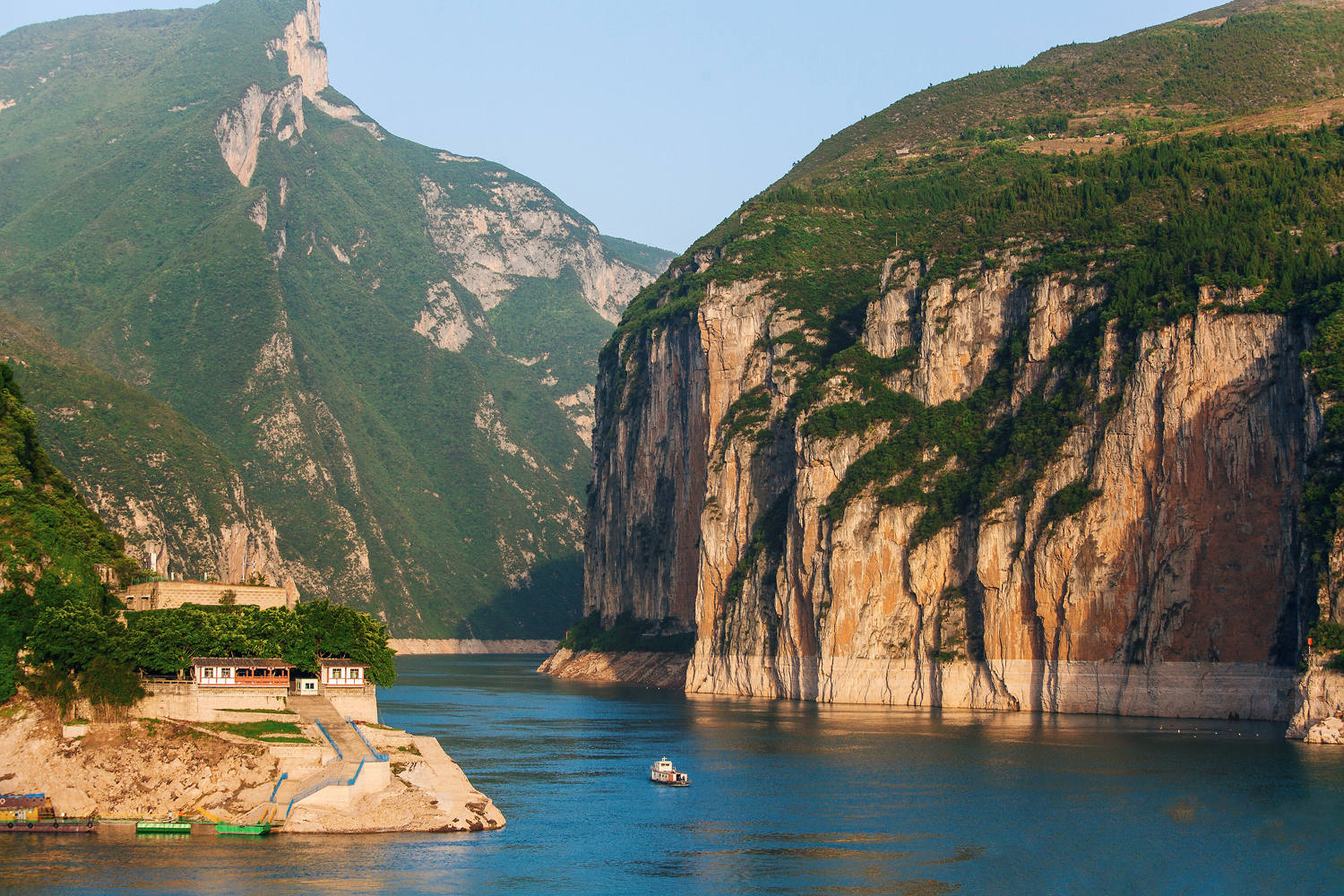
The Three Gorges are three adjacent gorges along the middle reaches of the Yangtze River, in the hinterland of the People's Republic of China. With a subtropical monsoon climate, they are known for their scenery. The "Three Gorges Scenic Area" is classified as a AAAAA scenic area (the highest level) by the China National Tourism Administration.
The Three Gorges—comprising the Qutang, Wu, and Xiling gorges—span 311 km, beginning at Baidi City of Chongqing Municipality, in the west and ending at Nanjing Pass, at Yichang City, Hubei Province, in the east, between which are the Fengjie and Wu Mountains of Chongqing, as well as Badong, Zigui, and Yichang of Hubei Province.
● Qutang Gorge
The Qutang Gorge is the shortest of China's Three Gorges. Immediately downstream of the ancient village Baidicheng (白帝城) the Yangtze River passes between the Chijia Mountain (赤甲山) on the north and the Baiyan Mountain (白鹽山) on the south.The point where the river passes between these mountains is called the Kuimen Gate (夔門) and it is the entrance to the Qutang Gorge - the first of the three Yangtze gorges.
The Qutang Gorge is only 8 kilometres long, but it is also the narrowest of the Three Gorges. The widest point measures only 150 metres wide. The mountains on either side reach as high as 1,200 metres. This combination of narrow canyons among high mountains with several switchbacks in only 8 kilometres creates spectacular vistas, and the Qutang Gorge is often considered the most beautiful of all the Three Gorges.
The gorge is part of Fengjie County of the Chongqing Municipality.
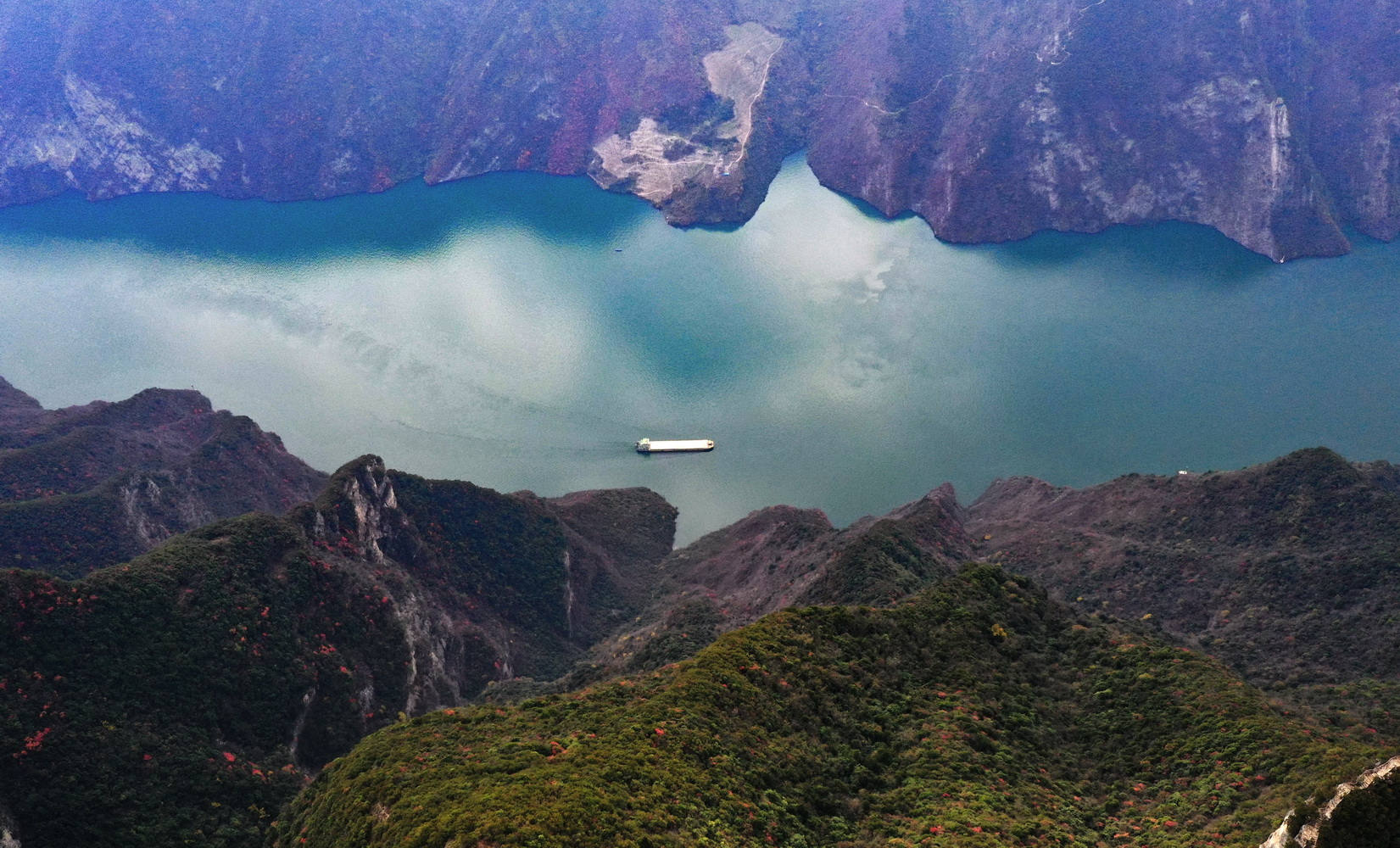
● Wu Gorge
Wu Gorge , sometimes called Great Gorge , is the second gorge of the Three Gorges system on the Yangtze River, People's Republic of China. Formed by the Wu River, it stretches 45 km (28 mi) from Wushan to Guandukou, and is located downstream of Qutang Gorge and upstream of Xiling Gorge. The gorge straddles the boundary between Wushan County of Chongqing Municipality (formerly part of Sichuan Province) and Badong County, Hubei Province.
The Gorge has been known as the Wu Gorge since at least the Three Kingdoms Period, when it was recorded in the geographical treatise Shui Jing Zhu. In 589 AD, General Lü Zhongsu of the Chen Dynasty stationed troops in the Wu and Xiling Gorges in an attempt to stop the advancing Sui Dynasty armies. Tang Dynasty poet Yang Jiong wrote a classical poem entitled "Passing Wu Gorge" (Chinese: 過巫峽).
The mountains on both sides of the Yangtze, through which the river cuts the Wu Gorge, are known as the Wu Mountains .
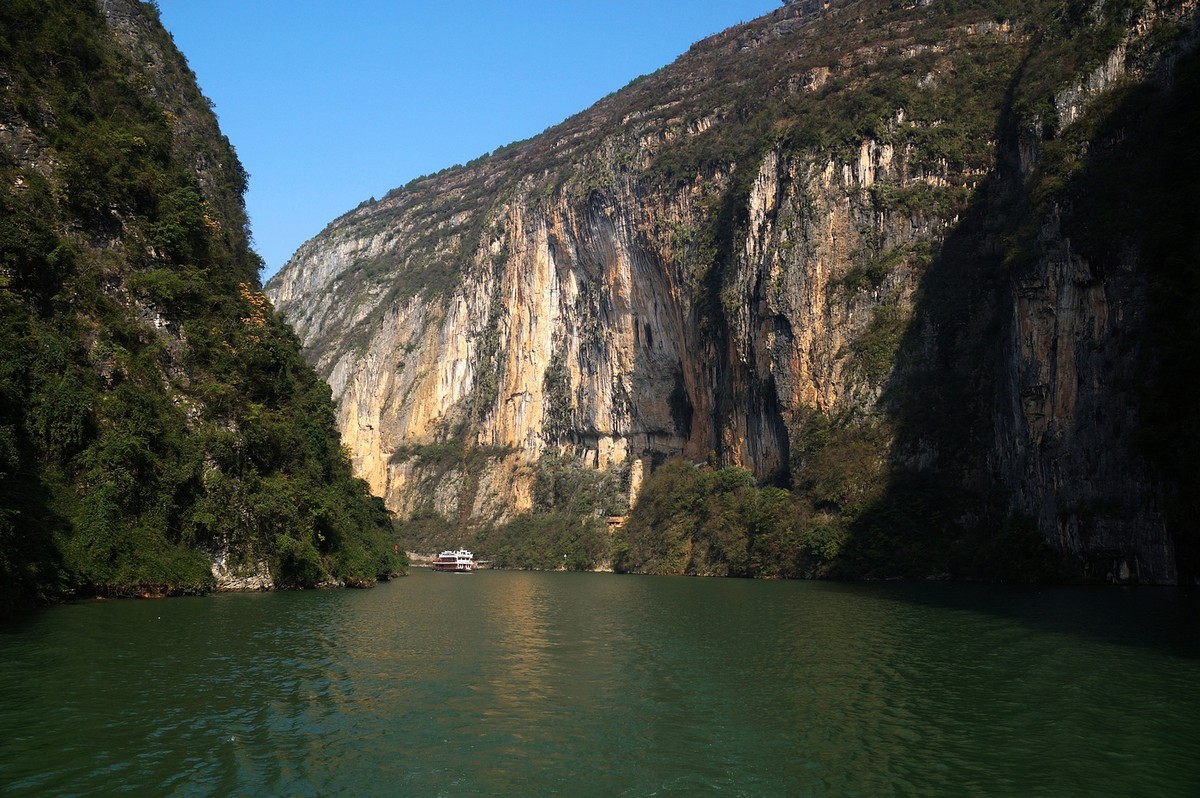
● Xiling Gorge
Xiling Gorge is a gorge on the Yangtze River (Chang Jiang) in Hubei province, China. It is the easternmost and largest of the Three Gorges. it marks the end of the narrow, twisting and turning corridor that has been so treacherous in the past. Thanks to the Gezhou Dam Water Conservancy Project, the water now has been calmed to some extent.
In spite of the risks (Xiling Gorge was dubbed as a "death passage"). Ships were compelled to pass through its waters regularly, as there was little alternative. It was also for this reason, among many others, that the Three Gorges Dam project was justified. It has turned what was once a "dealth passage", where many ships went aground, and some even completely destroyed, into a gent waterway whose surface today more fittingly be compared to the placid waters of a lake.
Beyond the Xiling Gorge, the Yangtze broadens out into a flat, gentle waterway that is easy to navigate. Along Xiling Gorge sit many historical sites, including the Huangling Temple which was first built during the Three Kingdoms Period over 1,800 years ago, Quyuan Ancestral Hall, an old temple to honor the memory of Quyuan, a great patriotic poet in ancient time, and the former residence of Wangzhaojun.
